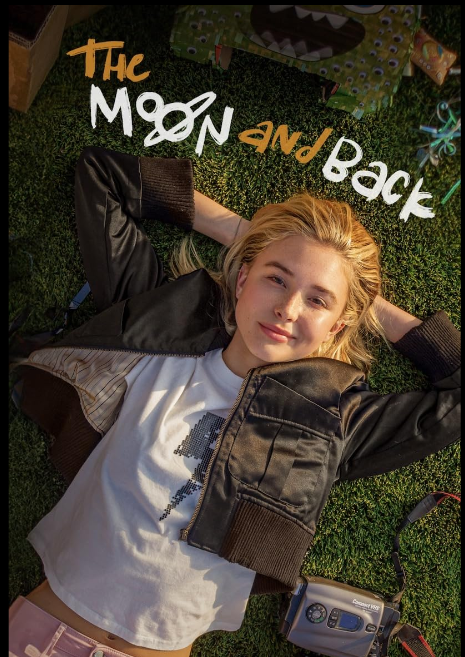“The Fall of the House of Usher,”
a timeless horror story, written by the legendary Edgar Allan Poe, has captivated readers for generations.
Its eerie atmosphere, psychological depth, and dark themes have made it an inspiration for countless artists in many different genres, including cinema.
In this article, we look at the film adaptations of this macabre masterpiece, exploring how the directors brought the haunted rooms of the Usher mansion to the big screen.
The haunting story of the Usher siblings
Edgar Allan Poe's short story "The Fall of the House of Usher," first published in 1839, tells the macabre story of Roderick and Madeline Usher, the last surviving members of the Usher family.
The Usher Mansion, a dilapidated and disturbing structure, reflects the brothers' mental and physical decline.
Roderick, suffering from a mysterious illness, is visited by a friend, the unnamed narrator, who is drawn into the strange world of the Ushers.
As the story unfolds, madness, death, and supernatural events ravage the mansion, ultimately leading to its tragic demise.
Roger Corman's Gothic Vision (1960)
One of the most iconic film adaptations of Poe's story is Roger Corman's 1960 film "The Fall of the House of Usher."
Corman, known for his series of Poe adaptations in the 1960s, masterfully captures the gothic atmosphere and psychological horror of the original story.
Vincent Price's portrayal of Roderick Usher is a remarkable performance, conveying the character's fragile mental state and his descent into madness.
Corman's use of haunting imagery, atmospheric sets, and Les Baxter's haunting score create an unforgettable cinematic experience.
The Bleeding House (1982) In 1982, director Jesús Franco offered a unique interpretation of Poe's story in "The Bleeding House."
Although the film takes liberties with the source material, it still retains its gothic horror nature.
Starring Howard Vernon as Roderick Usher, this film adaptation explores themes of decadence and decadence, incorporating elements of erotica and surrealism.
Franco's stylized direction and Salvador Dalí-inspired visuals make "The House That Bleed" an eye-catching and thought-provoking classic tale.
An animated masterpiece (2006)
Poe's "The Fall of the House of Usher" also found its way into animation with the 2006 film of the same name, made by Hayao Miyazaki's Studio Ghibli.
This adaptation takes a more family-friendly approach while still retaining the essence of the original story's dark and mysterious atmosphere.
Studio Ghibli's signature animation style adds a dreamy quality to the story, making it accessible to a wider audience.
Conclusion
Edgar Allan Poe's "The Fall of the House of Usher" left an indelible mark on the world of cinema, inspiring filmmakers to create their own interpretations of this Gothic masterpiece.
From Roger Corman's chilling adaptation to Jesús Franco's surreal version and Studio Ghibli's animated reimagining, each film offers a unique perspective on the haunting story of the Usher siblings and the mansion their bad luck.
As long as audiences crave stories that are dark, crazy and supernatural, the cinematic legacy of “The Fall of the House of Usher” will continue to grow strong, ensuring that the House of Usher will never is now truly in obscurity.
DOWNLOAD FROM GOOGLE DRIVE: [LINK]
DOWNLOAD FROM MEGA: [LINK]
DOWNLOAD HERE NOW FOR FREE












